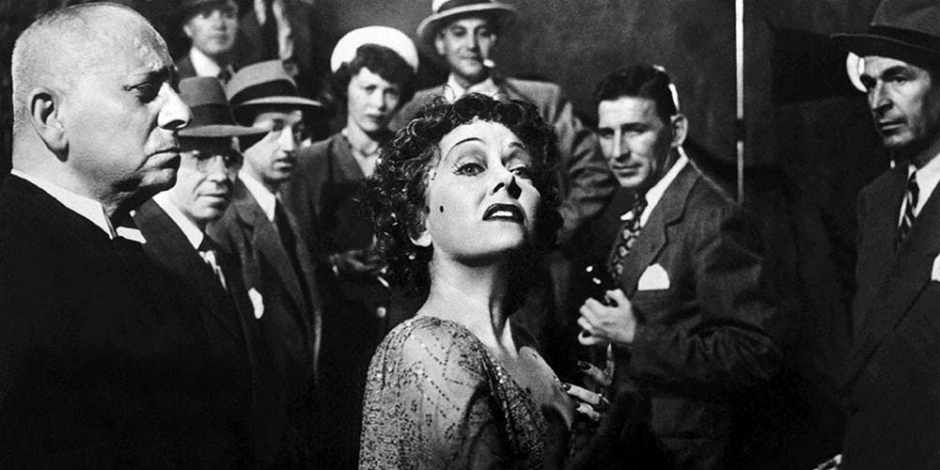Sunset Boulevard | HOME | Manchester
Now, it is 2019, and Hollywood is a humourless place. Caught between wanting to appear serious about contemporary issues while not taking itself too seriously, it finds itself lurching between a politician’s earnest, pained brow and that fevered, rictus grin that Cherie Blair used to wear in public engagements. What it doesn’t realise is that the eyes of the world aren’t watching. Hollywood is not the centre of the universe; it just seems that way from the inside. Billy Wilder – making a film about Tinseltown only five years after the concentration camps had closed – understood this myopia, and from it made his pitch-perfect, tragicomic masterpiece, Sunset Boulevard.
We are dropped straight in, and the claustrophobia present like a fog throughout this film falls on us. The director has such little regard for the plate-spinning of ‘suspenseful drama’ that we are given the protagonist’s floating corpse in almost the opening shot. Although this cyclical ploy is a long-established noir trope, it is stripped of all its portentous weight by our spectral narrator’s refusal to be serious, even about his own death, “Nobody important really, just a movie writer, with a couple of B-pictures to his credit. The poor dope, he always wanted a pool.”
And what a pool. Alongside the crucial performances of Eric von Stroheim and Nancy Olson, the final supporting character in this film is the house; Norma Desmond’s gilded cage that is testament to both her past success and her unending present. Her future, however, the elusive horizon she looks towards, lies bound within a screenplay of Salome that she enlists our “poor dope” to doctor. It is here, both from the interior and exterior of this feature, that the writer and the written word hug tightly and take on one form.
Gloria Swanson was a former silent film star in the early films of Cecil B. DeMille; she did feature in the films of Eric von Stroheim, who plays her butler and one-time director, and will no doubt have decried the rise of sound as her star waned, hoping for a modern picture to carry her into the new age. This film plays with real and fictional narrative significances in a way that would make Larry David’s brain fold in on itself. The sleight of hand with which it approaches its subject is astonishing, and threatens (knowingly, of course) to make the entire film one long joke when Norma sits down to play bridge with her fellow silent stars, and Buster Keaton says “pairs” like a man who’s never used his vocal chords before.
Ferocious and irreverent in its approach to fiction, this film was released in 1950. I’ll repeat that; this film was released in 1950. It stands as the flashpoint between moving images and what we now know cinema is capable of; something metafictional, subversive and dreamlike in a way only the novel could previously achieve.
All this, like a Chinese finger trap, releases you from its grip in the final, masterful act. If you relax, and don’t chase the analogous lines being drawn, it delivers the greatest satisfaction. The final scene – a circus of disassociation, wish fulfilment and kindness – closes this faultless parable about being the centre of attention. It is one of the most important, and endlessly prescient, films of all time. Seriously.
by David Adamson

